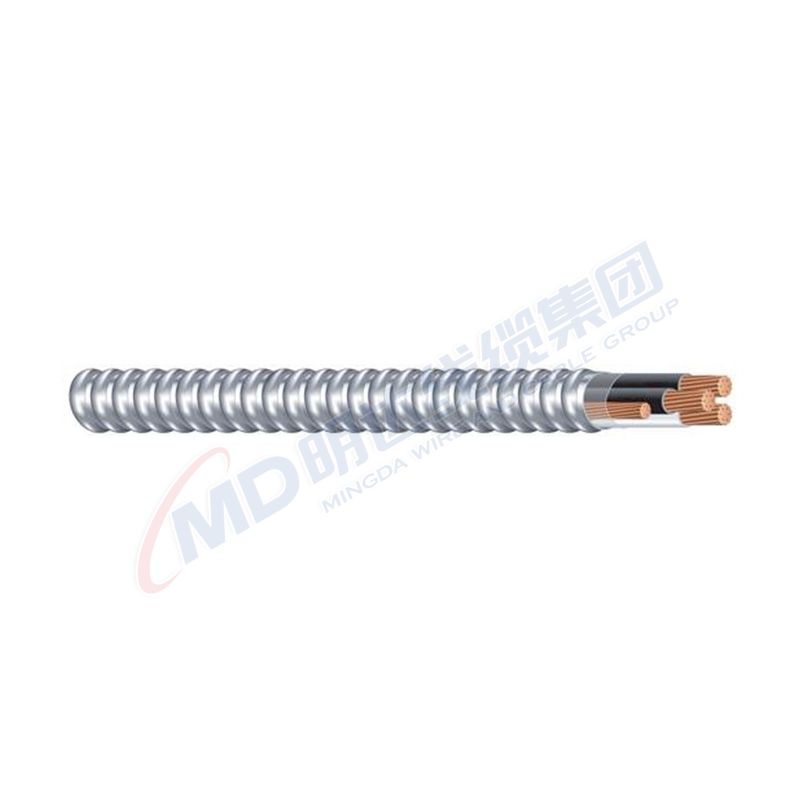Nov . 21, 2024 04:26 Back to list
3 way ball valve
Understanding the 3-Way Ball Valve A Comprehensive Overview
The 3-way ball valve is a crucial component in the field of fluid control and management, serving a variety of applications across industries such as oil and gas, water treatment, chemical processing, and HVAC systems. Its design and functionality allow for efficient control of flow direction, making it an essential element in many piping systems. In this article, we will explore the features, types, advantages, and applications of the 3-way ball valve.
What Is a 3-Way Ball Valve?
A 3-way ball valve is a type of valve that uses a spherical disc—known as a ball—to control the flow of fluids through three different ports. Unlike a standard 2-way ball valve that has two ports (one for input and one for output), a 3-way valve has one inlet and two outlets, or vice versa. This configuration allows the valve to divert flow between different lines, mix fluids from two sources, or isolate one of the lines from the flow.
Design and Operation
The operation of a 3-way ball valve is relatively straightforward. The valve features a hollow, perforated ball that rotates within the valve body. When the valve is in the closed position, the ball's solid side blocks the flow. As the ball turns—typically 90 degrees—the openings line up with the ports, allowing fluid to flow through.
3-way ball valves are generally categorized into two types based on their configuration
1. L-Port Valves These valves have a ball with a channel that creates an L shape. They are used for diverting flow between two outlets or combining flow from two inlets.
2. T-Port Valves These valves are designed with a ball that has a T shaped channel, allowing for more versatile flow control. They can either connect all three ports simultaneously or isolate one port from the others.
Advantages of 3-Way Ball Valves
The 3-way ball valve offers several advantages that make it a preferred choice in many applications
3 way ball valve

1. Versatility With the ability to control flow between multiple paths, 3-way ball valves provide flexibility in system design.
2. Compact Design These valves are space-saving due to their compact structure, making them ideal for installations where space is limited.
3. Quick Operation The 90-degree turn of the ball allows for rapid opening and closing, thus minimizing response time and enhancing system efficiency.
4. Durability Made typically from robust materials such as stainless steel or brass, 3-way ball valves are known for their longevity and resistance to corrosion.
5. Minimal Leakage The tight seal provided by the ball design ensures minimal leakage, making them suitable for applications requiring strict control over fluid loss.
Applications of 3-Way Ball Valves
The 3-way ball valve finds its applications across a wide range of industries
- Oil and Gas Used for diverting and mixing hydrocarbons, as well as isolating specific sections of piping systems. - Water Treatment Employed in filtration processes to control the flow of treated water or chemicals. - Chemical Processing Essential for managing chemical flows, especially in mixing applications involving multiple reactants. - HVAC Systems Utilized for controlling the distribution of hot and cold water in heating and cooling systems.
Conclusion
In summary, the 3-way ball valve is a vital component in modern fluid management systems, offering a blend of versatility, compact design, and efficiency. Its unique ability to control flow through three different ports makes it indispensable in numerous applications ranging from industrial processes to everyday facilities. As technology continues to advance, the design and functionality of 3-way ball valves will continue to evolve, offering even greater performance and reliability to meet the demanding needs of various industries. Understanding the importance and functionality of these valves can empower engineers and technicians to make informed decisions in the design and maintenance of fluid control systems.
Share
-
Reliable Wafer Type Butterfly Valves for Every IndustryNewsJul.25,2025
-
Reliable Flow Control Begins with the Right Ball Check ValveNewsJul.25,2025
-
Precision Flow Control Starts with Quality ValvesNewsJul.25,2025
-
Industrial Flow Control ReliabilityNewsJul.25,2025
-
Engineered for Efficiency Gate Valves That Power Industrial PerformanceNewsJul.25,2025
-
Empowering Infrastructure Through Quality ManufacturingNewsJul.25,2025